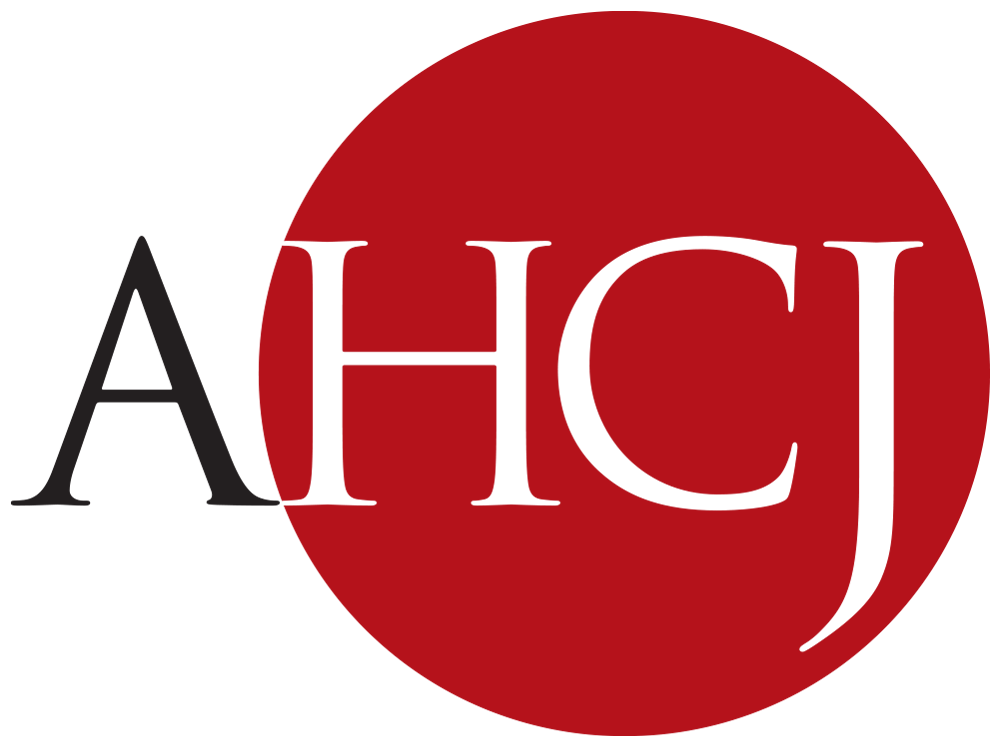Check out the session summary below.
Panelists:
- Marilyn Bartlett, senior policy fellow, National Academy for State Health Policy
- Gloria Sachdev, Employers’ Forum of Indiana
- Michael Thompson, president and chief executive officer, National Alliance of Healthcare Purchaser Coalition
- Chris Whaley, economist, RAND Corporation
- Joe Burns, ACHJ core topic leader/health reform (moderator)
By Eli Cahan
Health care spending has been steadily increasing in the United States, and the industry now accounts for nearly one-fifth of the nation’s gross domestic product. Studies have noted that hospital prices are disproportionately responsible for these increases; spending associated with common procedures, like colonoscopies, or common diagnostics, like CT or MRI scans, are far more expensive than elsewhere in the world.
However, historically, hospitals have attributed these high prices to high costs that pressure their profitability. And — faced with opaque data that shrouds the true line costs of services — communities, politicians, regulators, and journalists have historically struggled to hold hospitals accountable.
But now, hospital costs are clearer than they’ve ever been.
This panel unveiled a suite of tools journalists and other stakeholders can use to pinpoint hospital costs, down to the dollar.
Chris Whaley put it this way: “Health care pricing is no longer a black box,” he said, as he shared a suite of price list tools that allow stakeholders to audit hospital expenses. These tools have already been used to great effect, he stated, such as in a New York Times investigation into Parkview Health, an Indiana hospital.
Marilyn Bartlett said her development of NASHP’s Medicare cost report tools was inspired by her experiences as the lead of the Montana Employee Benefit Plan, during which her organization’s ability to examine hospital costs allowed them to negotiate in a way that saved millions of taxpayer dollars. These experiences made her skeptical of whether hospitals were as cost-pressured as they claimed — a skepticism that the NASHP tool has since validated.
“What made the news was, oh my gosh, look how much they’ve lost,” Bartlett said, referring to hospitals. Now, she said, journalists can fact-check those claims.
Gloria Sachdev demoed her organization’s Sage Transparency tool — a data visualizer that compiles multiple sources of data (including the RAND and NASHP data) into an easily usable online dashboard. “We needed an easy button” for visualizing price and cost data, she said. When Sachdev asked the audience for hospitals they’d be eager to examine in the demo, numerous hands shot up.
Michael Thompson took the opportunity to zoom out, examining the uniquely American context in which these tools could prove useful. “People always ask me, how do other countries deal with this,” he said, in reference to sky high U.S. health care costs. “And I say, they don’t — this is a product of our own making.”
During the Q&A, members of the audience posed questions about how the tools could explain the corporate behavior of specific hospital chains (such as one in Chicago); how they could change the way insurers approach price negotiation; and how they could illuminate growing trends of hospital purchases of physician groups. Many of these behaviors distilled down to what Whaley termed “arbitrage opportunities in health care,” and the new tools can help close the information gaps that make those opportunities possible.
Like any thought-provoking panel, the speakers seemed to stimulate more questions than answers. At the session’s hard stop time, a line of audience questions remained, snaking deep into the lecture hall’s galley.
Eli Cahan is a freelance journalist and pediatrician at UCSF. He was a 2023 AHCJ-Freelance Journalism Fellow.
